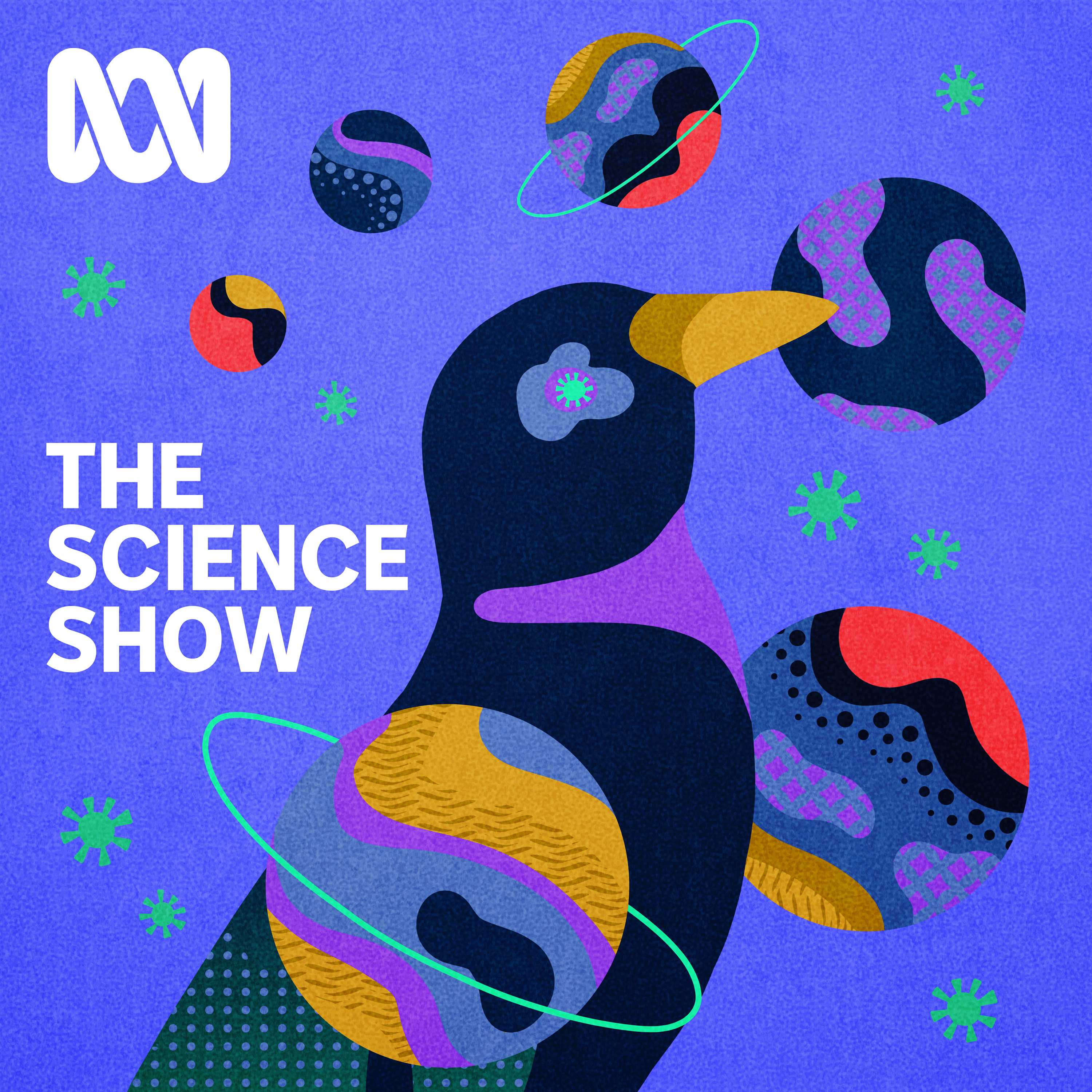
Deep Dive
Why are platypuses in New South Wales carrying alarmingly high levels of PFAS chemicals?
Platypuses in NSW are carrying high levels of PFAS chemicals, often known as 'forever chemicals,' due to widespread contamination in their habitats. The study found PFAS concentrations in platypus livers varying from four to 1,200 micrograms per kilogram, with the highest levels in the Hunter River, which is 390 times the recommended safe limit.
Why are PFAS chemicals a significant concern for the environment and wildlife health?
PFAS chemicals are a significant concern because they are synthetic, toxic, and can persist in the environment for hundreds of years. They can bioaccumulate in organisms and food webs, leading to higher concentrations in top predators like the platypus. This bioaccumulation can have unknown short and long-term health effects on wildlife.
Why is the presence of PFAS in the Warragamba drinking water catchment particularly alarming?
The presence of PFAS in the Warragamba drinking water catchment is particularly alarming because it supplies 80-90% of Sydney's water, making it one of the largest domestic water reservoirs in the world. High PFAS levels in this catchment could have significant implications for human and environmental health, necessitating urgent monitoring and treatment.
Why are sugarcrete bricks considered a sustainable building material?
Sugarcrete bricks are considered sustainable because they are made from sugarcane waste, which is abundant in countries like Australia and Brazil. They have minimal CO2 emissions, are six times less carbon-intensive than traditional clay bricks, and are cheaper to produce. Additionally, they lock in carbon for the lifespan of the building, reducing waste.
Why is integrating Indigenous knowledge with Western science important for future scientific leaders?
Integrating Indigenous knowledge with Western science is important because it provides a holistic approach to problem-solving. Indigenous knowledge emphasizes social and emotional well-being and connection to nature, which can complement Western science's focus on empirical data and practical applications. This integration can lead to more effective and culturally sensitive solutions in fields like medicine and conservation.
Why is it crucial to address the short-term and long-term needs of Indigenous students in science education?
Addressing both short-term and long-term needs of Indigenous students in science education is crucial because short-term solutions like providing basic resources (books, uniforms, lunches) ensure students can focus on learning, while long-term solutions like mentoring and role models help them pursue STEM careers. Focusing solely on cultural activities without academic support can lead to students falling behind in the education system.
Why did the Australian Science Innovations Olympiad program perform so well this year?
The Australian Science Innovations Olympiad program performed well this year, with every participating student winning a medal (three gold, four silver, and more bronze). This success is attributed to the intensive training provided by ASI, including a summer school that covers advanced topics not typically in the school curriculum.
Why is the Green Power Electric Vehicle Challenge significant for students in Burnie, Tasmania?
The Green Power Electric Vehicle Challenge is significant for students in Burnie, Tasmania, because it inspires them to see the real-world applications of STEM and empowers them to become changemakers. It connects their learning to their interests and provides opportunities to tackle environmental issues, fostering a sense of possibility and unlimited pathways for their future.
Why have eastern quolls been less in the spotlight compared to Tasmanian devils?
Eastern quolls have been less in the spotlight compared to Tasmanian devils because the latter have been struggling with a more publicized disease called devil facial tumour disease, which has caused dramatic population declines. The attention on Tasmanian devils has overshadowed the quieter decline of eastern quolls, which are also important to the ecosystem but receive less media coverage.
Why is there hope for conservation efforts in Tasmania?
There is hope for conservation efforts in Tasmania because recent research shows that some Tasmanian devils are developing immunity to devil facial tumour disease, reducing the risk of population extinction. Conservationists are also actively working on solutions to mitigate the decline of eastern quolls, such as controlling invasive species and habitat restoration.
- Australian students won multiple medals in the International Science Olympiad.
- Olympiad participants received intensive training.
- Science teachers play a crucial role in inspiring young scientists.
Shownotes Transcript
Platypuses in NSW are carrying PFAS chemicals many times over accepted levels indicate widespread contamination